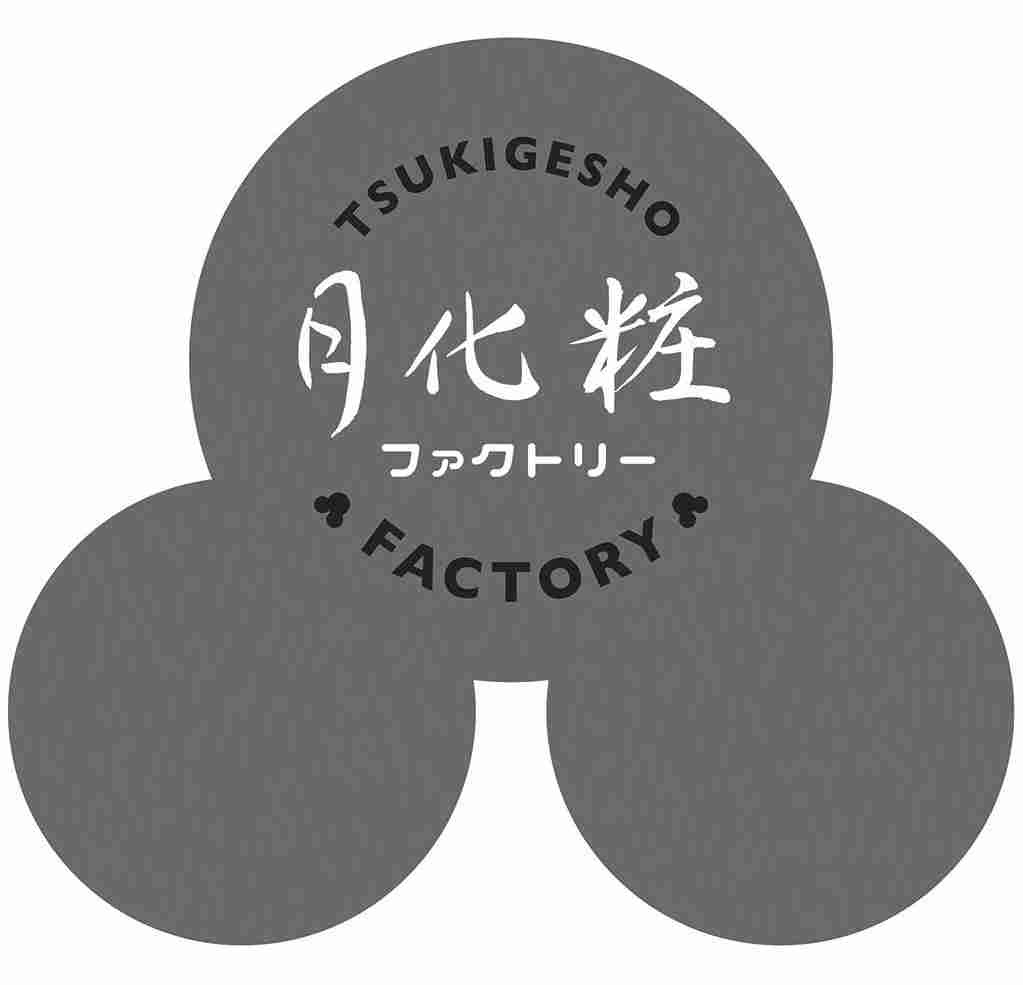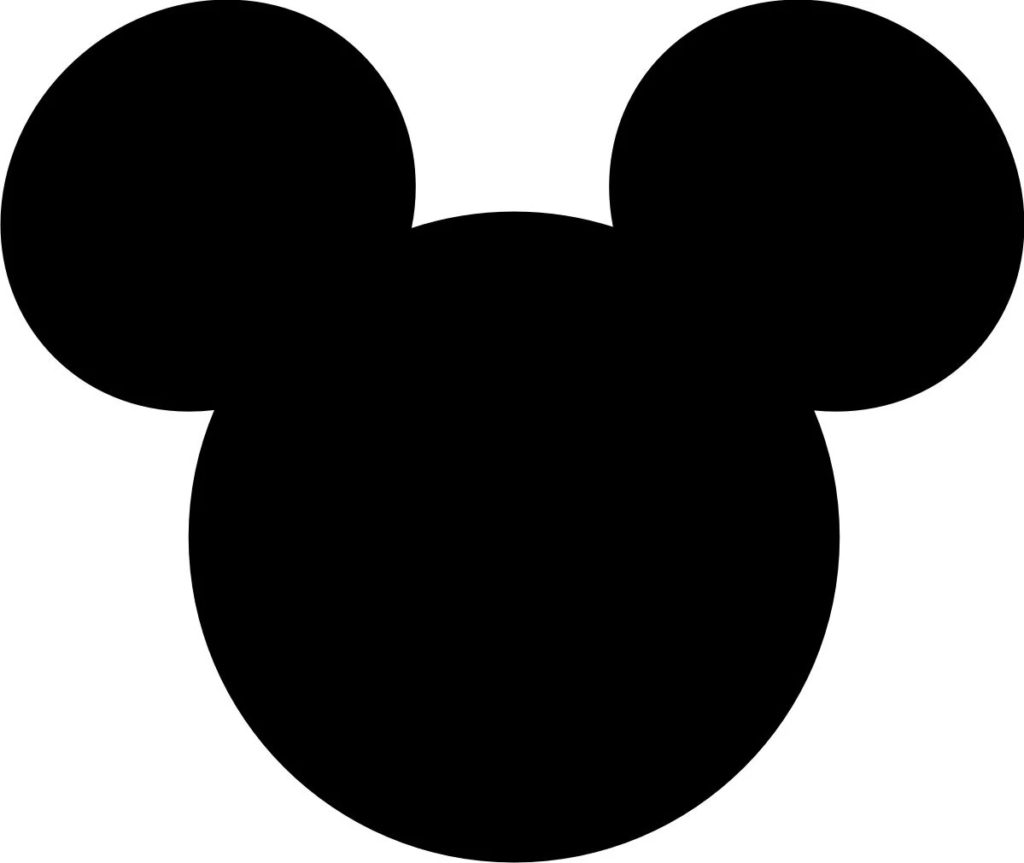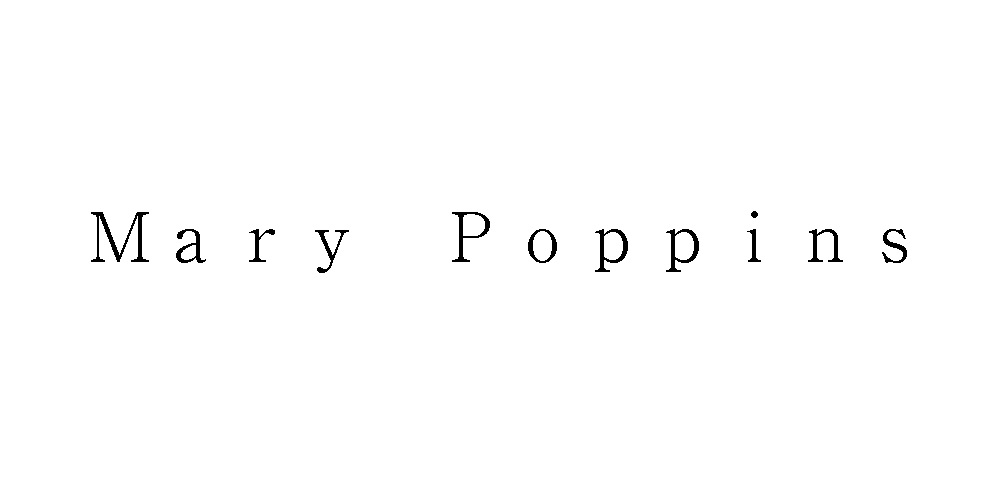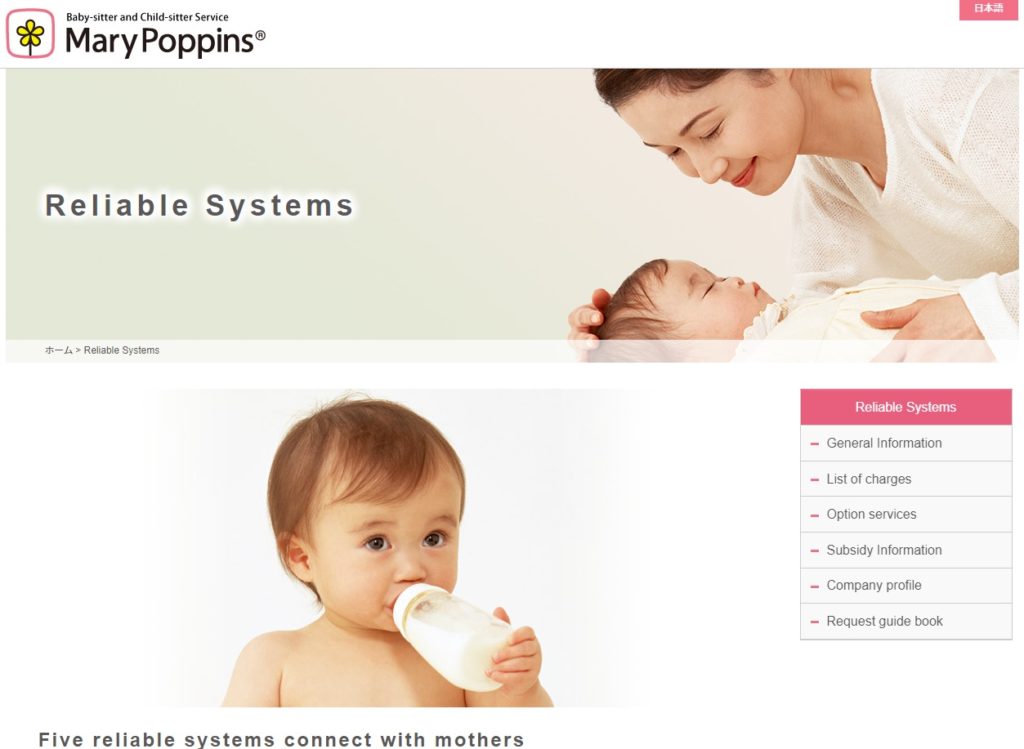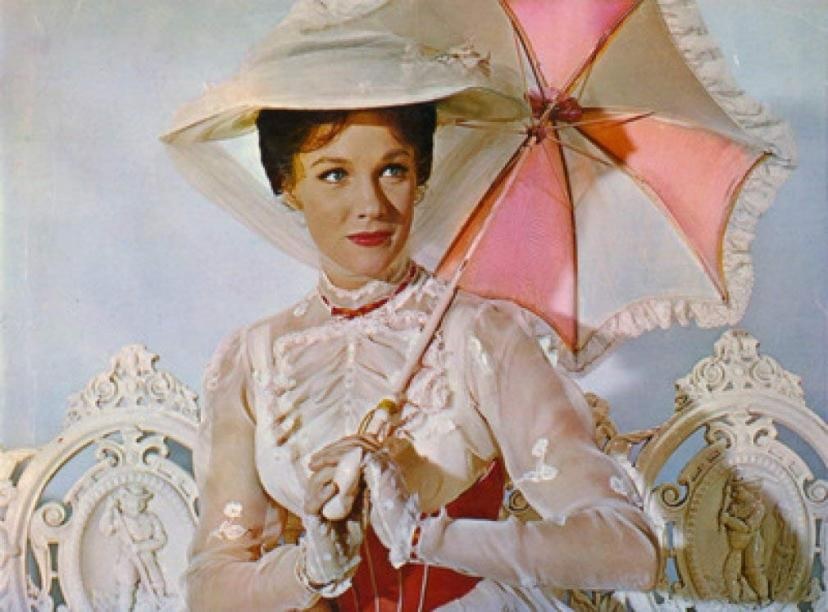In a trademark appeal disputing the similarity between “BABMI MAMA&BABY” and “BAMBI”, the Japan Patent Office (JPO) affirmed the examiner’s refusal and decided to reject a junior mark “BAMBI MAMA&BABY” due to a conflict with earlier trademark registrations for word mark “BAMBI” owned by Disney Enterprises Inc.
[Appeal case: 2022-786, Decision date: September 7, 2022]BAMBI
Bambi, a familiar name for a baby deer, has long been famous for a 1942 American animated film produced by Walt Disney.
Disney Enterprises Inc. has owned trademark registration for the wordmark “BAMBI” in various classes (including class 3) since 2008 in Japan (TM Reg no. 5127816). Bambi character design with “BAMBI” written in Japanese (see below) has been registered for five decades.
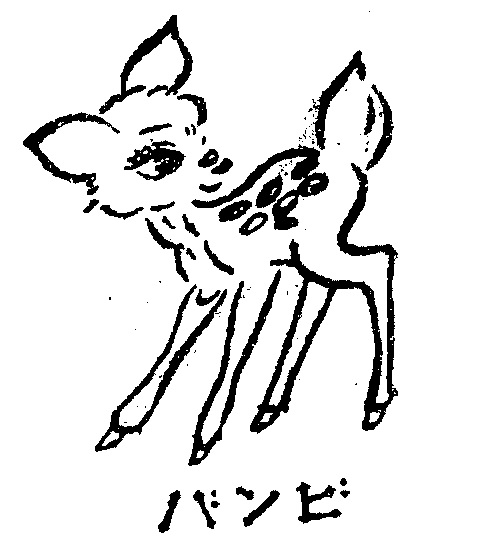
BAMBI MAMA&BABY
Langley Inc., a Japanese company, filed a trademark application for the wordmark “BAMBI MAMA&BABY” in standard character to be used on cosmetics; soaps and detergents; dentifrices; perfumes and flavor materials; false nails; false eyelashes in class 3 with the JPO on March 2, 2021.
In fact, Langley promotes skin care creams, skin milk, and supplements bearing the BAMBI MAMA&BABY mark. Click here.
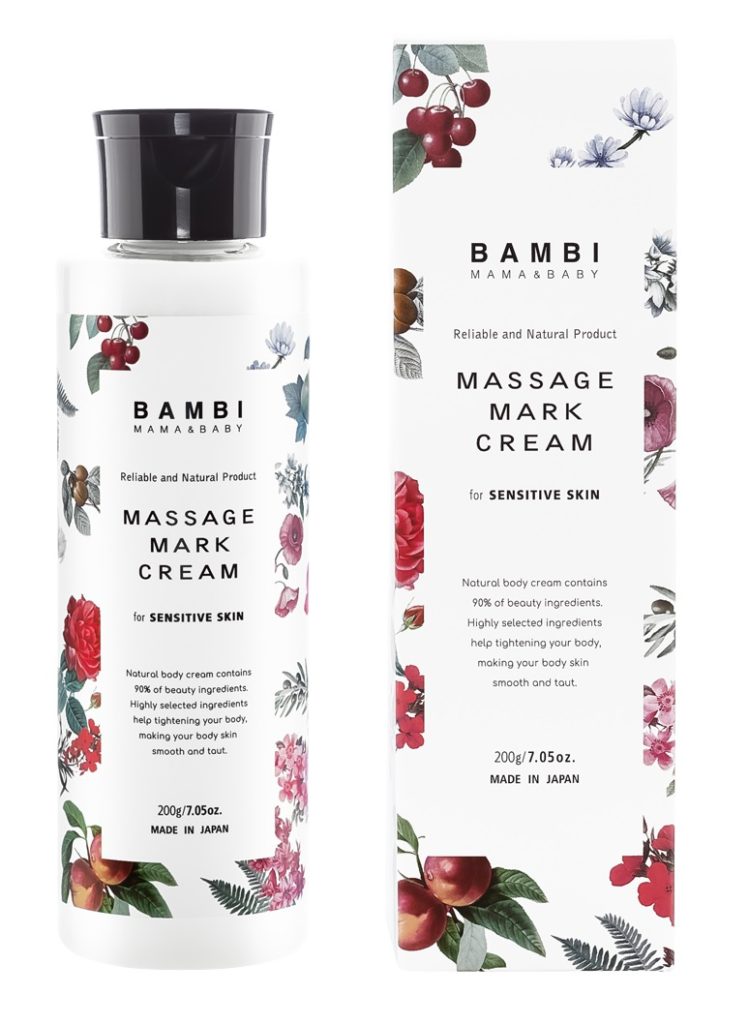
The JPO examiner rejected the mark based on Article 4(1)(xi) of the Japan Trademark Law by citing TM Reg no. 5127816 “BAMBI” on October 14, 2021.
Langley filed an appeal against the refusal on January 19, 2022, and argued the dissimilarity of mark between “BAMBI” and “BAMBI MAMA&BABY”.
JPO Decision
The JPO Appeal Board found the literal elements of “MAMA&BABY” lacks distinctiveness in relation to the applied goods of class 3 because there are plenty of care products for babies and mothers by competitors on which the term “MAMA&BABY” has been used as a descriptive indication. In the meantime, the term “BAMBI”, famous for the Disney film, shall evidently give an impression of source indicator in the mind of relevant consumers.
If so, it is permissible to find the term “BAMBI” as a prominent portion of the applied mark, and thus compare the portion with the earlier mark in assessing the similarity of the mark.
Undoubtedly, the prominent portion of the applied mark is identical to the cited mark “BAMBI” from visual, phonetical, and conceptual points of view.
Being that TM Reg no. 5127816 designates the goods identical to the applied mark, there is no room to argue the dissimilarity of goods.
Based on the foregoing, the Board decided to dismiss the appeal and rejected “BAMBI MAMA&BABY” due to a conflict with the earlier registered mark “BABMI” based on Article 4(1)(xi).

